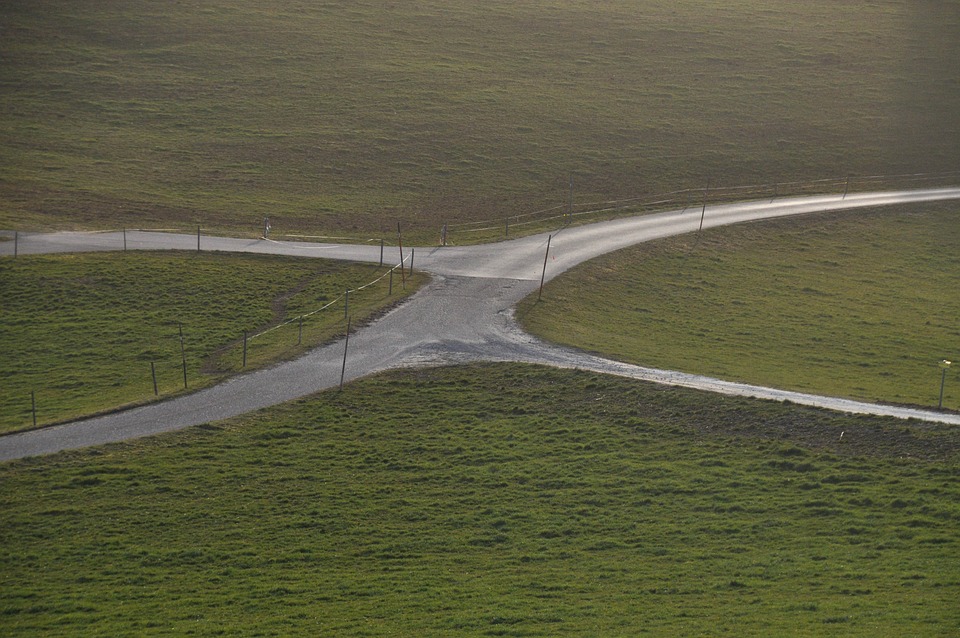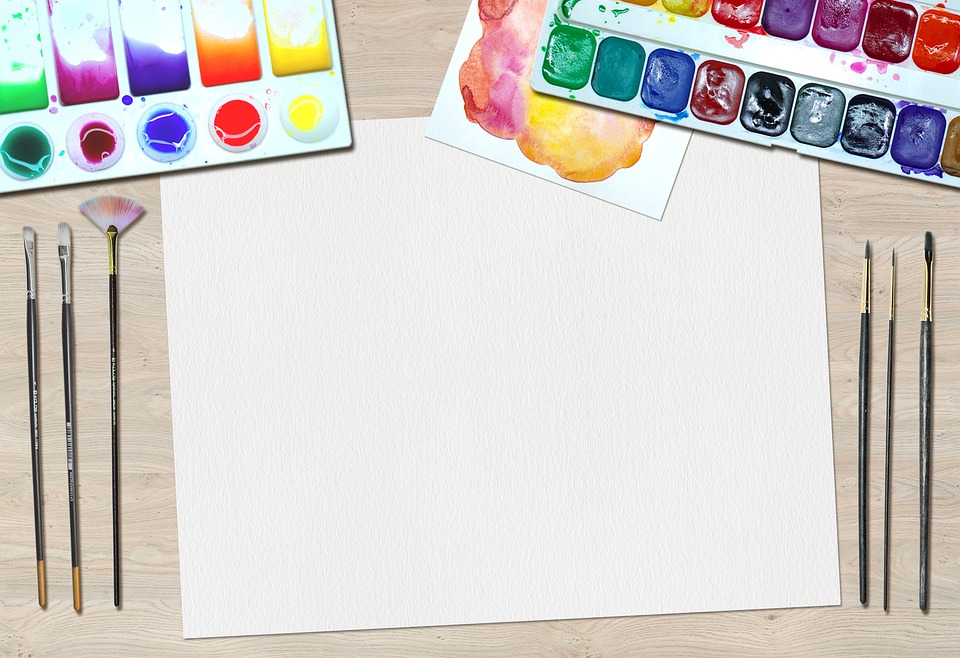Up and Down, In and Out: The Disorienting Effects of Roller Coasters and Other Thrill Rides
As you strap yourself into the restraints of a roller coaster, a mix of excitement and trepidation builds in your chest. The anticipation of the ride’s twists and turns, the rush of adrenaline as you crest the first hill, and the whoops of joy from fellow riders all combine to create an unforgettable experience. But have you ever stopped to think about the effects of these thrill rides on your brain and body?
The science behind the disorienting effects of roller coasters and other thrill rides is rooted in our brain’s ability to process spatial information and maintain a sense of balance. As you soar through loops, corkscrews, and hills, your brain receives conflicting signals from your senses, creating a sense of disorientation.
The Physics of Disorientation
When you’re on a roller coaster, your body is subjected to forces that challenge your sense of balance. The G-forces created by the ride’s turns and drops can cause your body to feel like it’s being pulled in different directions, making it difficult for your brain to keep track of which way is up. This is known as spatial disorientation.
Additionally, the rapid changes in direction and speed can cause your vestibular system, which is responsible for balance and spatial awareness, to become overwhelmed. This can lead to feelings of dizziness, nausea, and even vomiting in some cases.
The Brain’s Response
So, what happens when your brain is faced with this disorienting experience? Researchers have found that the brain’s response to roller coaster rides is similar to the response to other disorienting stimuli, such as space travel or virtual reality experiences.
The brain’s default mode network, which is responsible for processing spatial information and maintaining a sense of self, is temporarily shut down, allowing the brain to focus on the present moment. This can lead to feelings of euphoria, excitement, and a sense of detachment from the physical world.
The Emotional Connection
But the effects of roller coasters and thrill rides don’t stop at the physical realm. The emotional connection we make with these experiences can be just as intense.
The rush of adrenaline, the thrill of the unknown, and the sense of accomplishment when the ride comes to a stop can all combine to create a sense of exhilaration and joy. This emotional connection is what keeps us coming back for more, and what makes these experiences so unforgettable.
Image: A rider’s perspective on a roller coaster’s steep drop, as seen through the lens of a helmet camera.
Frequently Asked Questions
Q: Are roller coasters safe?
A: Yes, roller coasters are designed to be safe, and millions of people ride them every year without incident.
Q: What’s the maximum G-force I can experience on a roller coaster?
A: The maximum G-force on a roller coaster typically ranges from 3-5 Gs, although some high-speed rides can reach up to 6-7 Gs.
Q: Will I get motion sickness on a roller coaster?
A: While motion sickness is possible, it’s relatively rare and usually affects people who are prone to it. Take precautions like avoiding heavy meals before riding and sitting in the front car for a smoother experience.
Q: Are there any health risks associated with roller coaster rides?
A: While rare, there are some health risks associated with roller coaster rides, such as neck strain, back pain, and motion sickness. However, most theme parks take precautions to ensure rider safety.
Q: Can I ride a roller coaster if I’m pregnant or have a medical condition?
A: It’s generally recommended that pregnant women and people with certain medical conditions avoid roller coaster rides due to the potential risks and discomfort.
Next time you strap yourself into a roller coaster, remember that the experience is not just about the thrill of the ride – it’s also about the disorienting effects on your brain and body. So, buckle up, hold on tight, and enjoy the ride!



